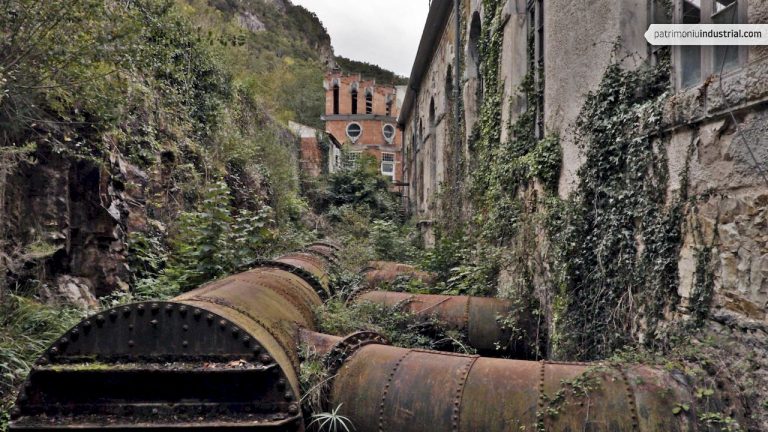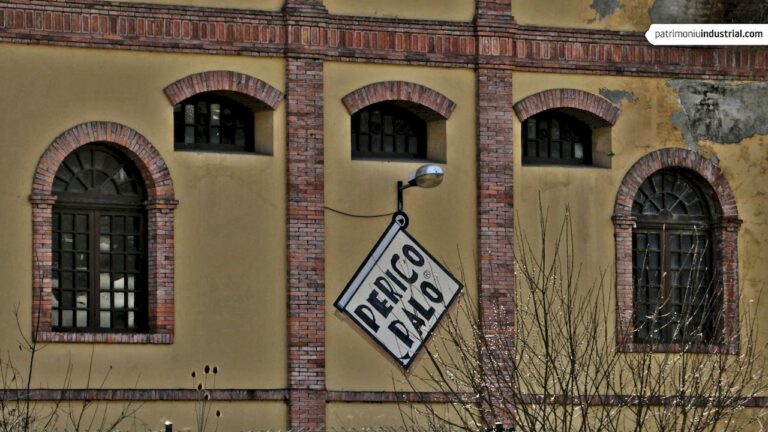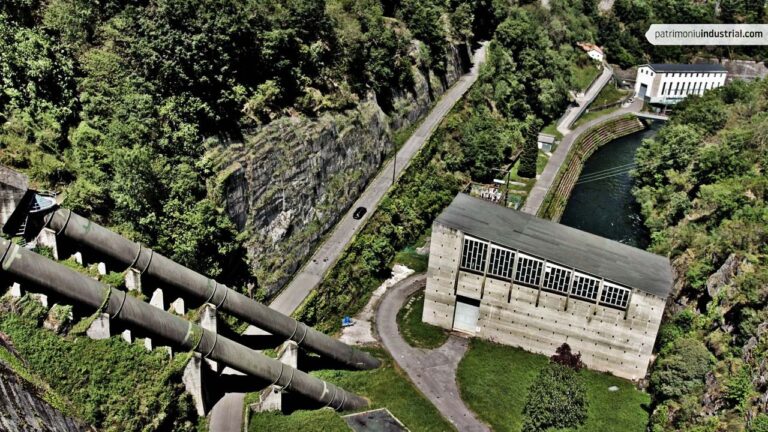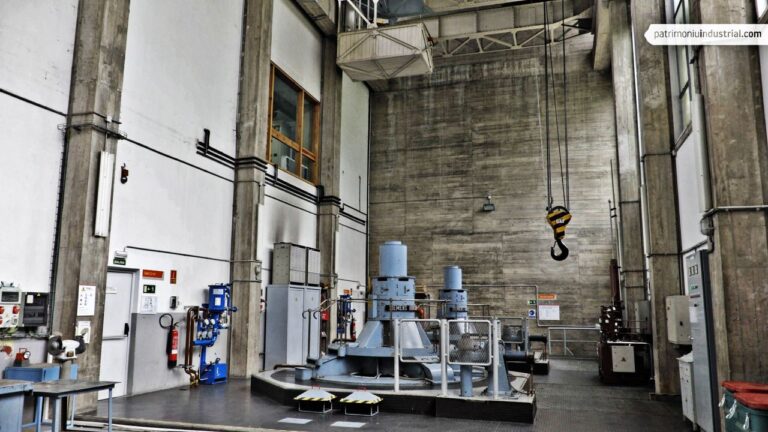
by Natalia Tielve García
Ph.D. in Art History. Tenured Professor of History of Art at the University of Oviedo. Secretary of INCUNA (Industrial Archeology Association) and a Member of the Cultural Heritage Council of the Principality of Asturias.
Power plants have contributed to the industrial development and modernization of Asturias. Furthermore, they also represent the relationship between art and technology.
The unstoppable advance of the power industry was stimulated by a number of factors, including the pressure for industrial growth, mechanization, technical infrastructure, the population increase, urban development and the available resources. Power supply developed in Asturias towards the end of the nineteenth century in close connection with coal mining, leading to the first power plants in the region.
The production of alternating electrical current at the beginning of the twentieth century made it possible to produce power on a mass scale and to make it accessible in remote areas – it also boosted the production of hydroelectric power. The Somiedo Reservoir and La Malva power plant in particular, active since 1917, are great examples of this process.
The construction of large hydroelectric power plants, a staple during the Franco years, is best defined by the titanic feat of the Salime Reservoir, which was declared an absolute national priority, strategically essential for the improvement of the power supply network. Other massive power plants followed, funded by Hidroeléctrica del Cantábrico and masterfully designed by Vaquero Palacios, who was also in charge of the Salime power plant: Miranda, Proaza, Tanes, and Aboño (this latter one thermoelectric).
The Silvón, Arbón, and Arenas de Cabrales hydroelectric power plants were funded by the company Electra de Viesgo, the result of close collaboration between a number of like-minded professionals such as the architect Álvarez Castelao, the engineer Elorza and the artist A. Suárez. These constructions exemplify the relationship of architecture and its environment, the intersections between architecture and engineering, and the incorporation of the fine arts into the building process, aspects that were addressed by the main theorists of the Modern Movement and were well implemented here. The results constitute some of the most remarkable examples of the Industrial Heritage of Asturias.
AGUILÓ ALONSO, M., La pujanza de la energía eléctrica en España, ACS, 2006.
GARCÍA DELGADO, J. L. (dir.), Electricidad y desarrollo económico, perspectiva de un siglo, Hidroeléctrica del Cantábrico, 1990.
GARCÍA- POLA, M., “Asturias, la épica del desarrollo. La obra de Joaquín Vaquero Palacios, Ignacio Álvarez Castelao e Ildefonso Sánchez del Río”, Quaderns, nº 215, 1997.
PÉREZ LASTRA, J.A. Joaquín Vaquero Palacios, arquitecto, Colegio Oficial de Arquitectos de Asturias, 1992.
TIELVE GARCÍA, N., Arte e Industria. El Salto de Grandas de Salime, CICEES, 2007.
TIELVE GARCÍA, N., Arquitectura Moderna en la Central de Soto de Ribera. La obra de Ignacio Álvarez Castelao y Carlos Fernández Casado. CICEES, 2009.
VV.AA., Vaquero. La belleza de lo descomunal, Fundación ICO, 2018.






Recent Comments